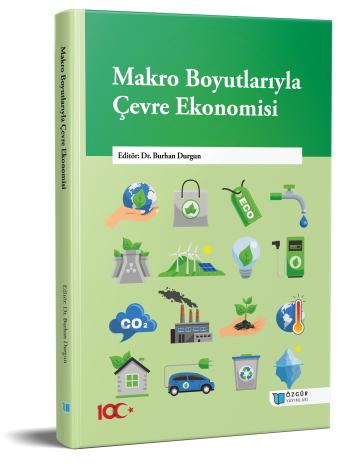
The Impact of Energy Intensity and Economic Complexity on Carbon Footprint: Revisiting The Environmental Kuznets Curve Hypothesis for Türkiye
Chapter from the book:
Durgun,
B.
(ed.)
2023.
Macro Aspects of Environmental Economics.
Synopsis
The purpose of this study is to investigate the impact of energy intensity and economic complexity on Türkiye's carbon footprint over the period 1965-2016 using the Environmental Kuznets Curve (EKC). The relationships between the variables were examined under structural breaks, taking into consideration the time covered by the study and the structural transformation of the Turkish economy over this period. In the study, firstly, the Carrion-i-Silvestre (2009) unit root test with multiple structural break and then Maki (2012) structural break cointegration test were applied and a cointegration was found between the series. The long and short run coefficients were estimated by the dynamic least squares method (DOLS). The Hatemi-J asymmetric causality test was used to summarize the analysis. The EKC hypothesis was found to be confirmed as a consequence of the investigation. According to the long-term coefficient estimates, while energy density decreases carbon footprint, economic complexity enhances it. The results of the study reveal that, policymakers should establish economic transformation strategies that would boost the country's economy's efficiency while lowering the energy intensity of production. As a result, the environmental pressures caused by production activities will be minimized.

